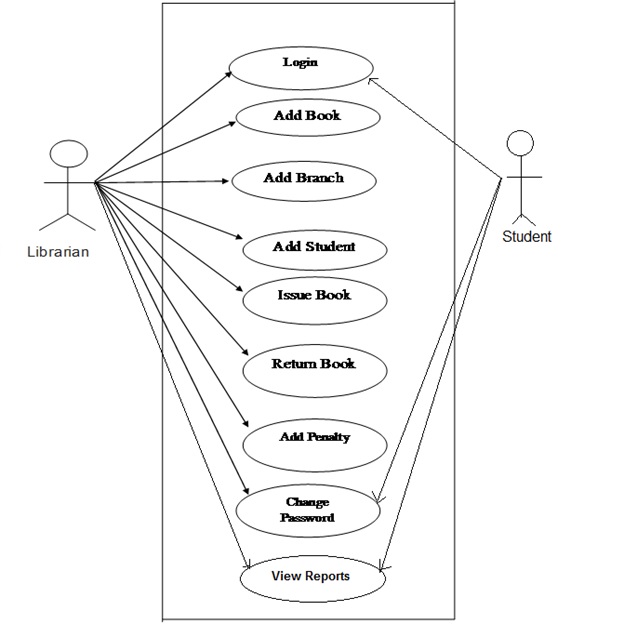Home »
Software Engineering
Use-case Model, Diagram in Unified Modeling Language (UML)
In this tutorial, we will learn about the use-case model, diagram in Unified Modeling Language (UML), its advantages and disadvantages.
By Monika Sharma Last updated : April 05, 2023
Use-case Model
The Use Case Model (or the Use case Diagram) is a diagrammatic representation of the software in which each piece of coherent behavior of the software is represented through a use case. Each use case represents some activity or interaction that may take place between different users.
Advantages of Use-case Model
- The use case model very effectively provides an overview of what activities and use cases take place between the different kinds of users using the software.
- It does not provide the internal working structure of the software. Only the activities that will be experienced by the user at the front end will be displayed in this model using the use cases.
- The internal working is kept confidential.
Disadvantages of Use-case Model
- The internal structure of the software cannot be estimated to completely form the use case diagram of the software.
- The algorithm and data structures used, the data flow and the control flow that takes place within the different fragments of the software cannot be represented through the use case diagrams.
How to represent the use-case diagram?
The use case Diagram consists of use cases and actors. The use cases are represented through an eclipse that consists of the name of the use case within it. All the use cases that the software consists are mentioned in the diagram. Now, the different kinds of actors or we can say the users that interact with the software are represented through the stick person images. Each of these stick people represents the class of one kind of people using the software and do to represent any single individual. For example, if we consider the software of the library management system, then there will be two actors: one the library staff that is responsible for issuing the books and the other the students or the customers who visit the libraries and issues the books.
The following is the use case diagram for the library management system:

Use-case model for library management system
https://i.pinimg.com/originals/81/80/23/8180236e318f622795bb0a7c824b895a.png
Conclusion
Here, in this use case diagram for the software of the library management system, we are having two actors: the librarian and the student, and nine use cases representing different activities and interactions taking place between the actors and the software.
Note: It should be noted that the number of actors and use cases is not fixed. You can use as many actors and use cases as per your software.
Advertisement
Advertisement